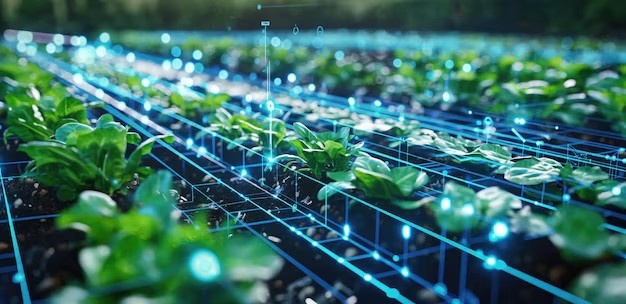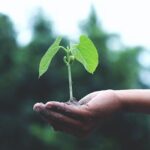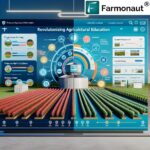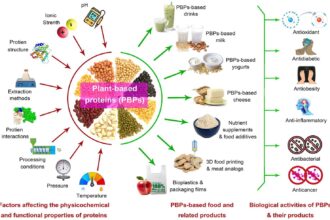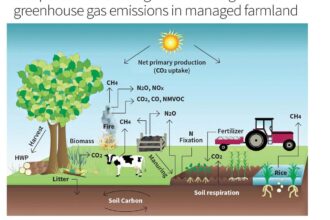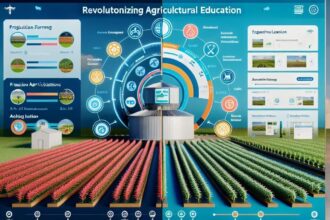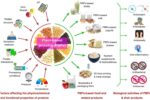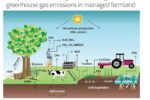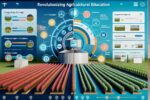Introduction
Agriculture has always been the foundation of human progress. From the plow to tractors, irrigation systems to chemical fertilizers, every agricultural revolution has shaped society. But as we enter 2025, farming faces new challenges: climate change, soil degradation, water scarcity, and the pressure to feed a population expected to reach 9.7 billion by 2050 (UN, 2024).
The solution? Smart farming and modern agricultural technologies.
Smart farming—sometimes called precision agriculture or digital farming—uses advanced technologies like drones, IoT sensors, AI, robotics, hydroponics, and blockchain to improve productivity, efficiency, and sustainability. These innovations are not only transforming how we grow food but also redefining the future of farming itself.
This complete guide will explore modern farming techniques and technologies, their benefits, real-world applications, global case studies, and the challenges farmers face in adopting them.
Understanding Smart Farming
What is Smart Farming?
Smart farming integrates technology-driven solutions into agriculture, allowing farmers to monitor, automate, and optimize farming practices. Unlike traditional methods that rely on intuition or outdated practices, smart farming uses data-driven decisions.
Key elements include:
- Sensors (soil, water, weather, crop health)
- Drones & robotics (planting, spraying, harvesting)
- Artificial Intelligence (AI) for predictions & insights
- IoT (Internet of Things) for real-time monitoring
- Blockchain for transparent supply chains
Why Modern Agriculture is Needed
- Rising Food Demand: By 2050, food production must increase by 70%.
- Soil Degradation: 33% of the world’s soil is already degraded (FAO).
- Water Scarcity: Agriculture consumes 70% of global freshwater.
- Climate Change: Extreme weather events threaten crop stability.
Key Smart Farming & Modern Agriculture Techniques
1. Precision Farming
Precision farming uses GPS, AI, and sensors to monitor soil conditions, water levels, and crop health. This allows farmers to apply water, fertilizer, or pesticides only where needed, reducing waste and increasing yields.
- Example: John Deere tractors with AI-enabled GPS help farmers plant seeds with millimeter accuracy.
- Benefits: Up to 20% increase in crop yield and reduced input costs.
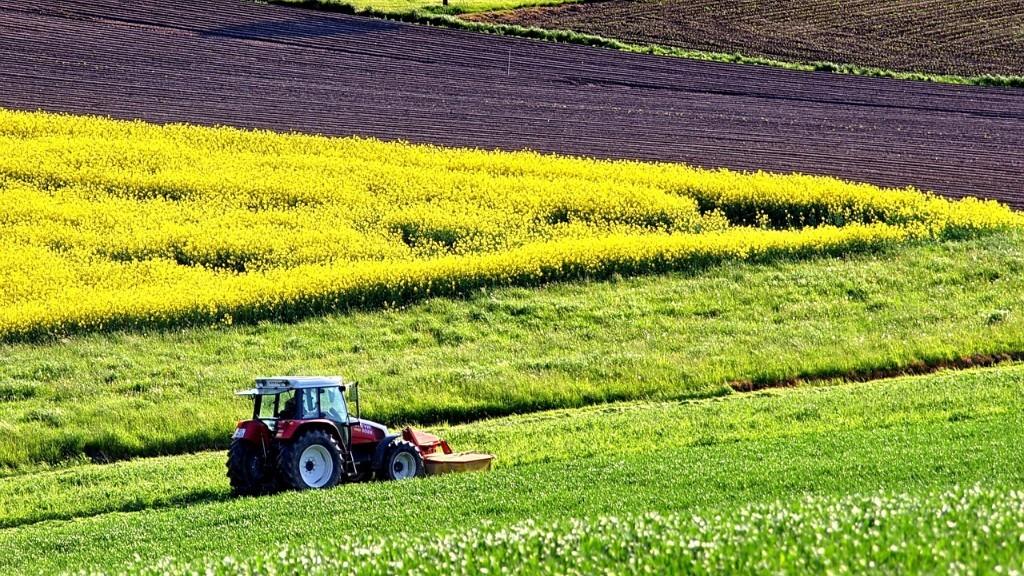
2. Hydroponics & Aeroponics
- Hydroponics: Growing crops in nutrient-rich water without soil.
- Aeroponics: Growing plants in air/mist environments with minimal water.
These methods are especially important in urban areas and regions with poor soil.
- Example: AeroFarms (USA) operates one of the largest vertical farms, producing leafy greens with 95% less water.
- Benefits: Year-round farming, no soil needed, minimal pesticides.
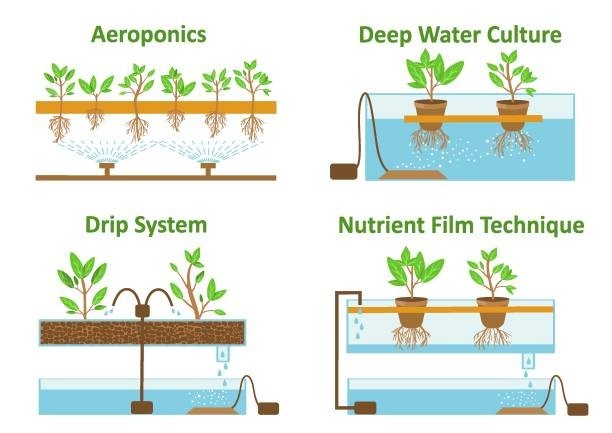
3. Vertical Farming & Urban Agriculture
Vertical farming stacks crops in controlled indoor environments, using LED lights and hydroponics/aeroponics.
- Example: The Netherlands leads in vertical farming, supplying much of Europe with greenhouse-grown vegetables.
- Benefits: Uses 90% less land, ideal for cities, climate-resilient.
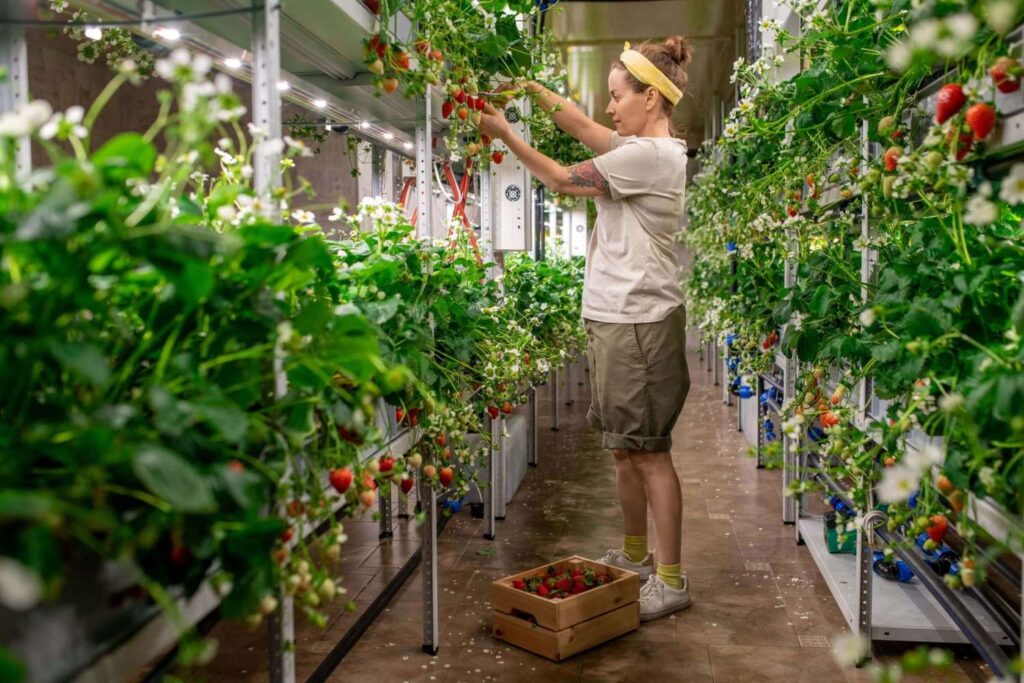
4. Greenhouse Farming & Controlled Environment Agriculture (CEA)
Modern greenhouses use climate control systems, sensors, and AI to maintain optimal growing conditions.
- Example: Israel uses smart greenhouses with drip irrigation to farm in deserts.
- Benefits: Higher yields, year-round production, reduced water use.
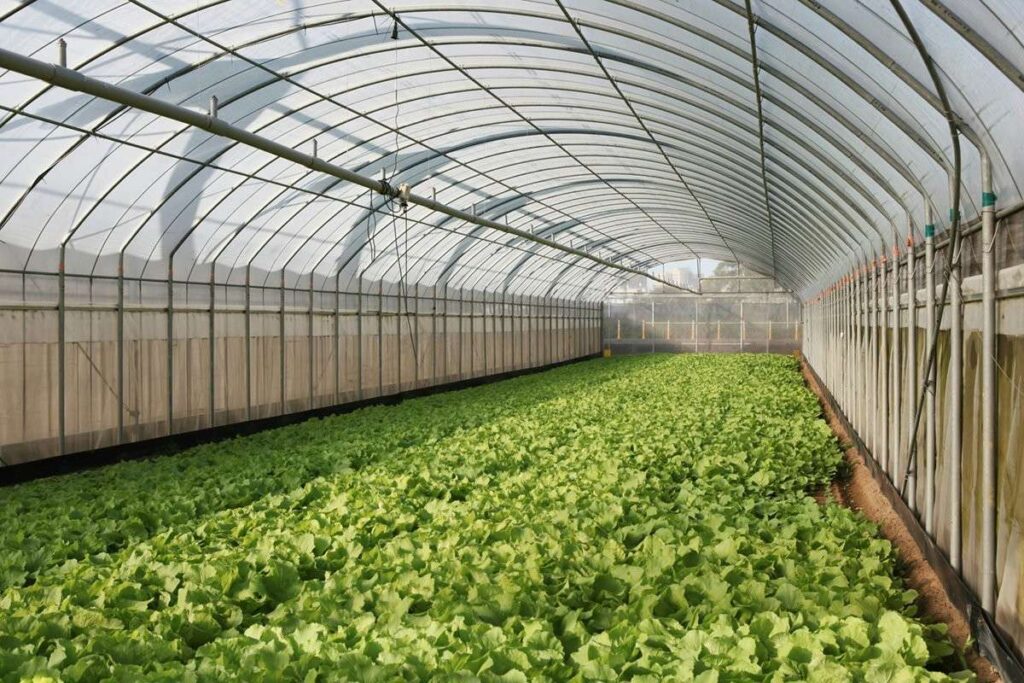
5. Aquaponics Systems
Combines aquaculture (fish farming) with hydroponics. Fish waste provides nutrients for plants, and plants filter water for fish.
- Example: Small farms in Kenya are adopting aquaponics to produce both vegetables and fish.
- Benefits: Circular system, eco-friendly, dual-income streams.
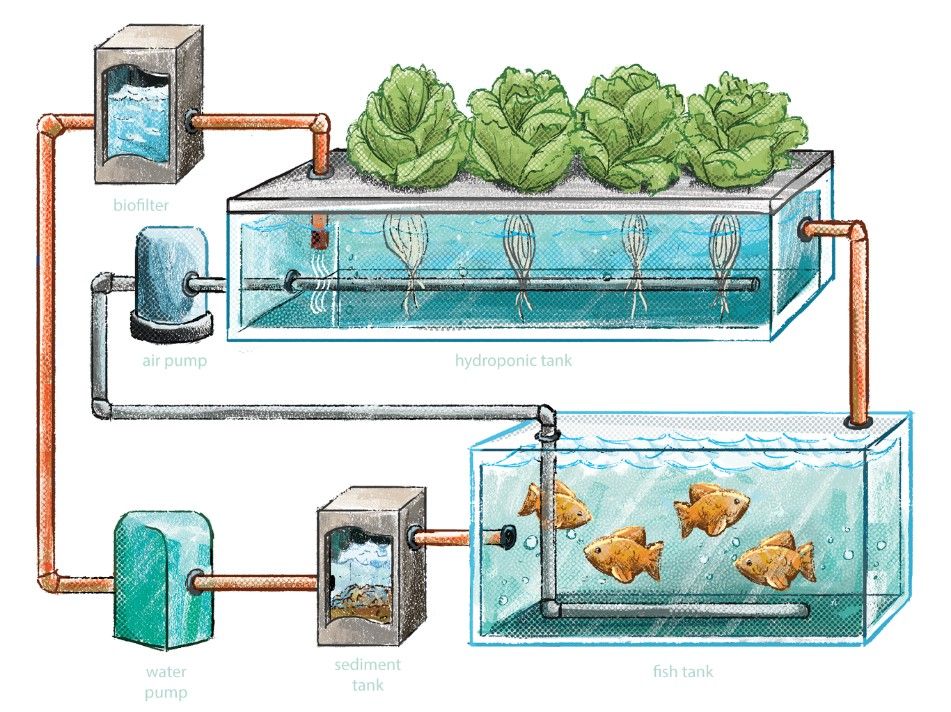
6. Organic & Regenerative Farming Practices
While high-tech solutions dominate smart farming, organic farming and regenerative agriculture also play key roles in restoring soil health and biodiversity.
- Example: Sikkim, India became the world’s first fully organic state in 2016.
- Benefits: Improved soil health, reduced chemical dependency, premium pricing for organic produce.
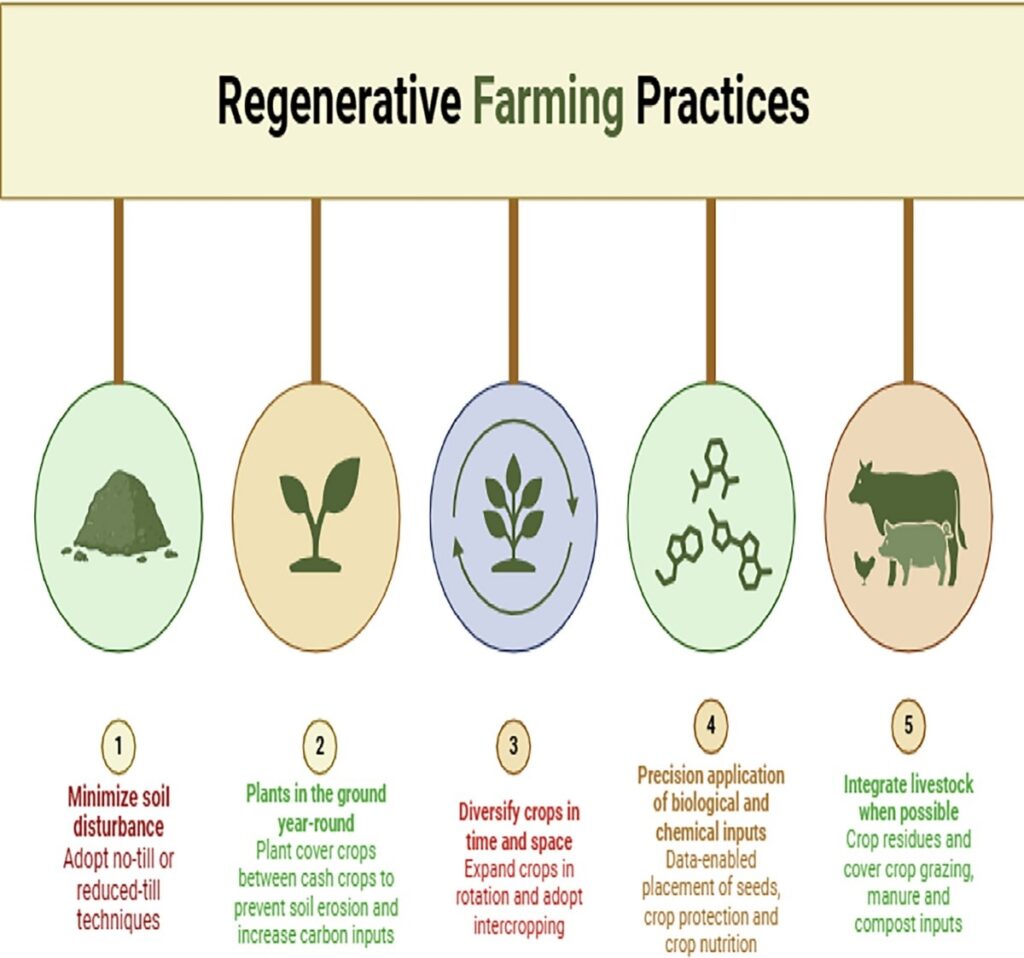
7. Smart Irrigation Systems
IoT-enabled systems monitor soil moisture and weather forecasts to optimize water usage.
- Example: Netafim (Israel) pioneered drip irrigation, reducing water use by up to 60%.
- Benefits: Saves water, reduces energy, boosts crop resilience.
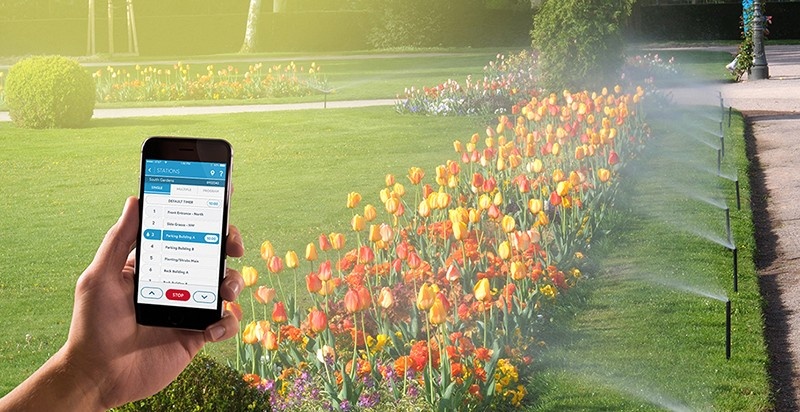
8. Biotechnology & GM Crops
Modern biotechnology develops drought-resistant, pest-resistant, and high-yield varieties.
- Example: Bt cotton in India increased yields while reducing pesticide use.
- Benefits: Climate resilience, better productivity.
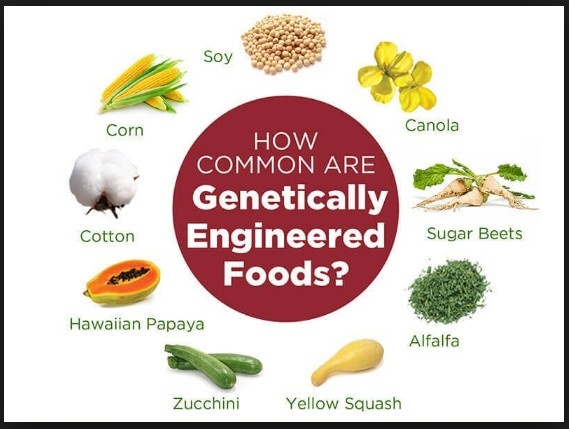
9. Drone Technology in Agriculture
Drones are used for aerial mapping, crop monitoring, spraying, and even pollination.
- Example: In India, drones spray pesticides on large fields in minutes, reducing labor costs.
- Benefits: Saves time, improves accuracy, reduces chemical exposure.
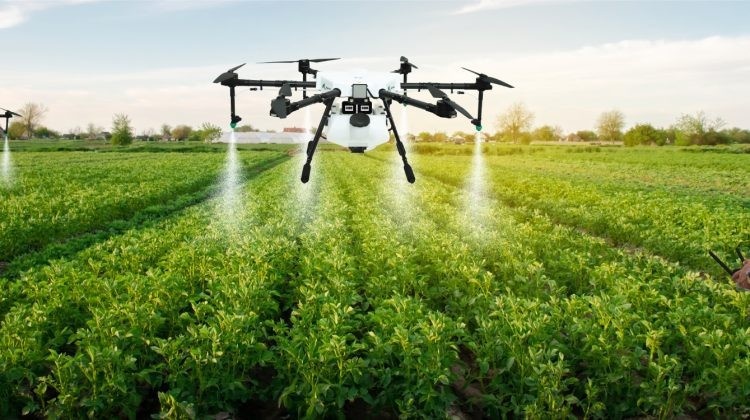
10. Robotics & Automation
Agricultural robots perform tasks like harvesting, weeding, and sorting.
- Example: Robots like “Agrobot” harvest strawberries with AI-driven arms.
- Benefits: Labor efficiency, precision farming, reduced waste.

Role of Technology in Smart Farming
Artificial Intelligence & Machine Learning
AI predicts crop diseases, analyzes satellite images, and suggests irrigation/fertilizer needs.
Internet of Things (IoT) in Agriculture
IoT sensors track soil pH, temperature, and humidity in real time.
Blockchain in Agriculture
Blockchain ensures transparent supply chains, helping consumers trace food from farm to table.
Big Data for Predictive Farming
Data-driven insights help farmers predict yields, weather risks, and market demand.
Soil Health & Sustainable Farming
Even with high-tech tools, soil remains the foundation of farming.
- Modern soil testing kits provide instant data.
- Bio-fertilizers, composting, and reduced tillage improve soil structure.
- Sustainable practices ensure long-term productivity.
Global Case Studies
Netherlands – Vertical Farming Pioneer
Produces high-value crops using vertical farming and smart greenhouses.
Israel – Desert Farming Leader
Uses drip irrigation and desalination to farm in arid regions.
India – Drones & Precision Farming
Startups like Fasal and CropIn help small farmers with data-driven insights.
USA – AI & Robotics
Large farms use robot harvesters, AI crop monitoring, and predictive analytics.
Challenges of Modern Farming
- High Costs: Advanced technologies are expensive.
- Training Gap: Farmers need digital literacy.
- Policy Barriers: Subsidies still favor conventional farming.
- Market Access: Small farmers struggle to reach profitable markets.
Future of Farming
- Climate-Smart Agriculture will dominate.
- AI-powered autonomous farms will emerge.
- Renewable energy integration (solar-powered irrigation).
- Global cooperation for food security will grow.
Conclusion
Smart farming is not just about technology—it’s about sustainability, resilience, and future food security. By embracing innovations like AI, IoT, drones, hydroponics, and regenerative practices, agriculture can meet global food demands while protecting the planet.

